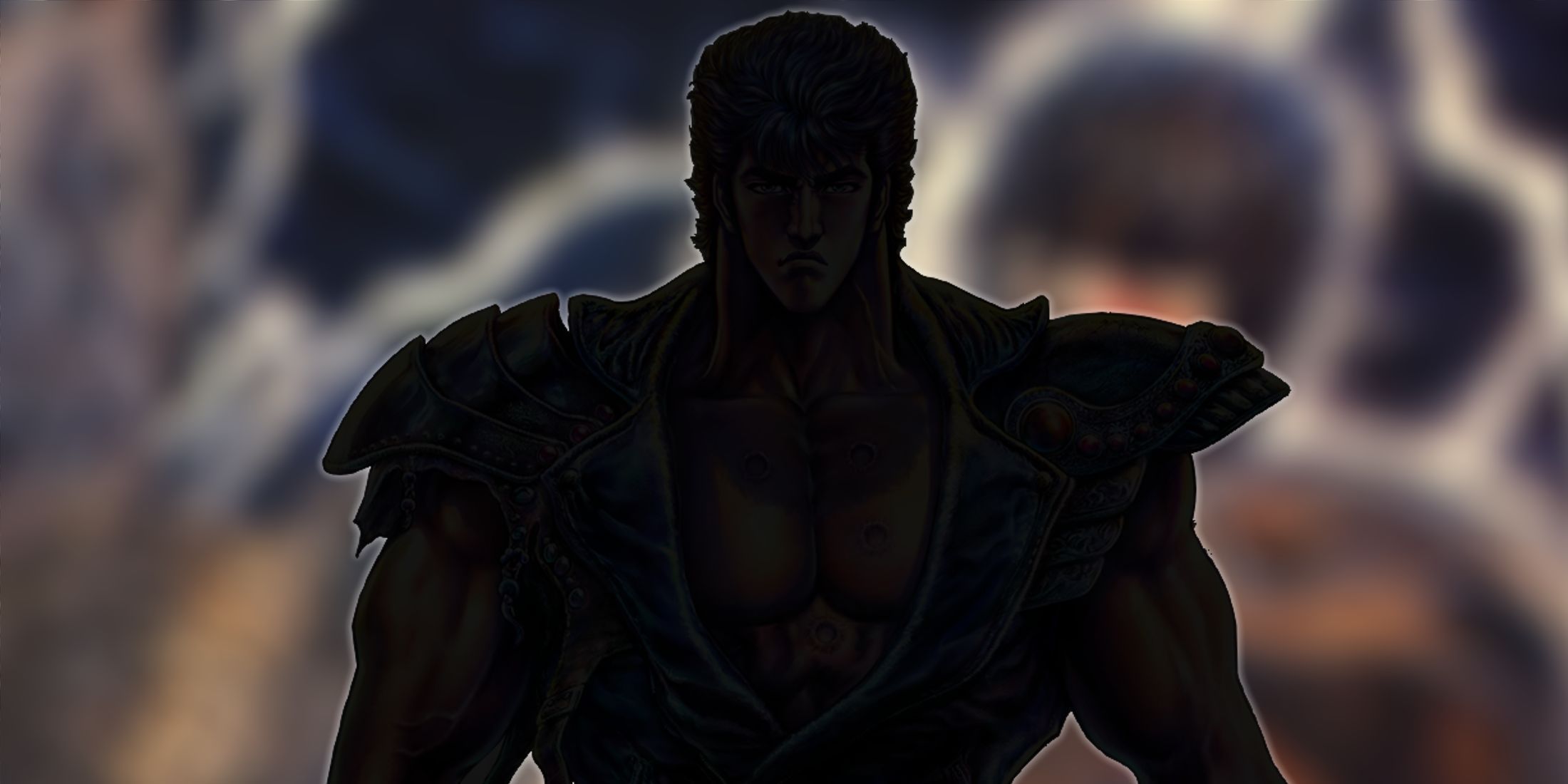What’s going on with manga and anime piracy crackdowns?
Much like the gaming industry, entertainment has long been at war with piracy. But while gamers often turn to piracy to preserve titles lost to digital delistings or scarce physical copies, anime and manga fans, especially in earlier eras, relied on illicit means simply to access the content. Before widespread licensing, piracy played a crucial role in spreading anime and manga’s popularity, ultimately attracting major players like Netflix, Crunchyroll, Hulu, HIDIVE, Amazon Prime Video, and Disney Plus to invest.
Legal options exist today, but licensing agreements and regional restrictions still keep much of anime and manga locked away from international fans. Now that corporations have staked their claim, piracy is under heavy fire. High-profile shutdowns have hit sites like AnimeSuge, AnimeWave, 123Anime, and just this week, the major manga scans hub, Manga Dex.
As anime’s global popularity soars, video piracy is also an issue, prompting Japan to crack down with a strategy of overwhelming platforms with copyright infringement claims, investing in groundbreaking new anti-piracy AI programs, and having anime and manga leakers arrested by the Kumamoto prefectural police’s cybercrime division.
Two people, including a Tokyo company owner, were arrested by Kumamoto in 2024 for allegedly violating copyright law by posting leaked manga magazine images online ahead of the official release — reportedly obtained by bribing bookstore staff, according to Weekly Shonen Jump owner Shueisha.
According to Japan Times, Japan plans to deploy AI to combat anime and manga piracy, targeting over 1,000 sites that publishers say cost the industry billions annually. A 300 million yenpilot program uses image and text detection to track infringing content. Although it is unknown when this program is to be deployed or how effective it would be, the model is part of the “Cool Japan” initiative to further strengthen the ties between other countries.
The initiative mirrors South Korea’s investment in technology to detect piracy. According to Korean outlet Money Today, via Comic Book Resources, a new Ministry of Science and ICT report outlines plans to replace manual piracy detection with AI systems, aiming to automatically track illegal streaming sites as part of a broader strategy to boost the global competitiveness of Korea’s online video industry.
While it’s clear that anime and manga piracy hurts both the industry and its creators, the issue isn’t simply about people avoiding payment — accessibility remains a major barrier. Publishers need to meet global demand through wider international access, because enhancing legal services is a key step toward addressing the root causes of piracy and the demand it fulfills.
#whats #going #with #manga #animeWhat’s going on with manga and anime piracy crackdowns?
Much like the gaming industry, entertainment has long been at war with piracy. But while gamers often turn to piracy to preserve titles lost to digital delistings or scarce physical copies, anime and manga fans, especially in earlier eras, relied on illicit means simply to access the content. Before widespread licensing, piracy played a crucial role in spreading anime and manga’s popularity, ultimately attracting major players like Netflix, Crunchyroll, Hulu, HIDIVE, Amazon Prime Video, and Disney Plus to invest.
Legal options exist today, but licensing agreements and regional restrictions still keep much of anime and manga locked away from international fans. Now that corporations have staked their claim, piracy is under heavy fire. High-profile shutdowns have hit sites like AnimeSuge, AnimeWave, 123Anime, and just this week, the major manga scans hub, Manga Dex.
As anime’s global popularity soars, video piracy is also an issue, prompting Japan to crack down with a strategy of overwhelming platforms with copyright infringement claims, investing in groundbreaking new anti-piracy AI programs, and having anime and manga leakers arrested by the Kumamoto prefectural police’s cybercrime division.
Two people, including a Tokyo company owner, were arrested by Kumamoto in 2024 for allegedly violating copyright law by posting leaked manga magazine images online ahead of the official release — reportedly obtained by bribing bookstore staff, according to Weekly Shonen Jump owner Shueisha.
According to Japan Times, Japan plans to deploy AI to combat anime and manga piracy, targeting over 1,000 sites that publishers say cost the industry billions annually. A 300 million yenpilot program uses image and text detection to track infringing content. Although it is unknown when this program is to be deployed or how effective it would be, the model is part of the “Cool Japan” initiative to further strengthen the ties between other countries.
The initiative mirrors South Korea’s investment in technology to detect piracy. According to Korean outlet Money Today, via Comic Book Resources, a new Ministry of Science and ICT report outlines plans to replace manual piracy detection with AI systems, aiming to automatically track illegal streaming sites as part of a broader strategy to boost the global competitiveness of Korea’s online video industry.
While it’s clear that anime and manga piracy hurts both the industry and its creators, the issue isn’t simply about people avoiding payment — accessibility remains a major barrier. Publishers need to meet global demand through wider international access, because enhancing legal services is a key step toward addressing the root causes of piracy and the demand it fulfills.
#whats #going #with #manga #anime












